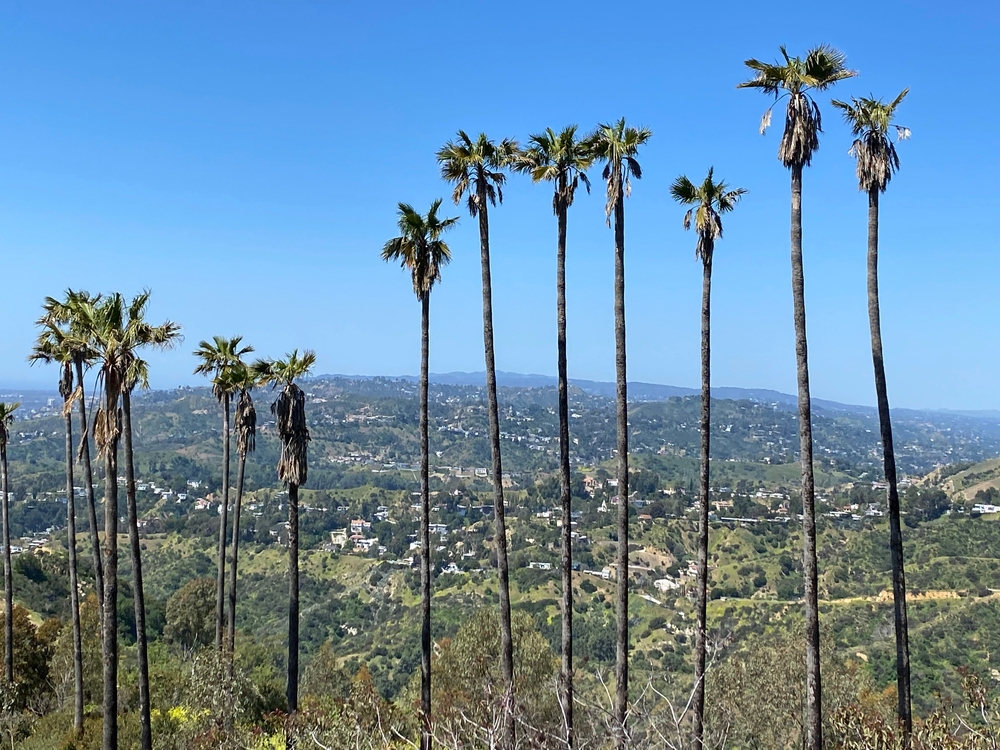This observation led to a flood of conspiracy theories online.
Others are reading now
Wildfires are an ever-present threat in California, where fire seasons have become increasingly destructive.
The flames leave behind a trail of devastation, consuming homes, vehicles, and natural landscapes.
Yet, even in the aftermath, certain details stand out, drawing attention and sparking conversations about resilience and survival.
This week, as fires swept through areas near Los Angeles, the sight of palm trees standing tall in charred landscapes caught the eye of many.
Also read
Thick Bark Makes a Difference
This observation led to a flood of conspiracy theories online. Some speculated that the fires were intentionally set to destroy homes and vehicles while leaving vegetation intact, according to 20minutos.
Others went further, accusing Governor Gavin Newsom and President Joe Biden of using the fires as a pretext to clear land for “15-minute cities.”
Scientists offer a simple explanation for the durability of palm trees. According to research referenced by the Daily Mail, many tree species have natural defenses against fires.
Palms, in particular, benefit from thick bark and high moisture levels, which protect them from intense heat.
Additionally, wildfires usually burn close to the ground, far from the leafy crowns of palm trees.
This gives the trees a better chance of surviving, even when the surrounding environment is heavily damaged.
Although some images from the fires show palm trees ablaze, their structure often allows them to endure where human-made structures cannot.
The survival of palm trees has sparked a wider discussion about California’s response to wildfires.
Reports of wealthy homeowners hiring private firefighting crews have drawn attention to the uneven resources available during these disasters.
Photographs of dramatic scenes, such as “fire tornadoes” and celebrities watching their homes burn, have fueled public interest in the broader story of these fires.


